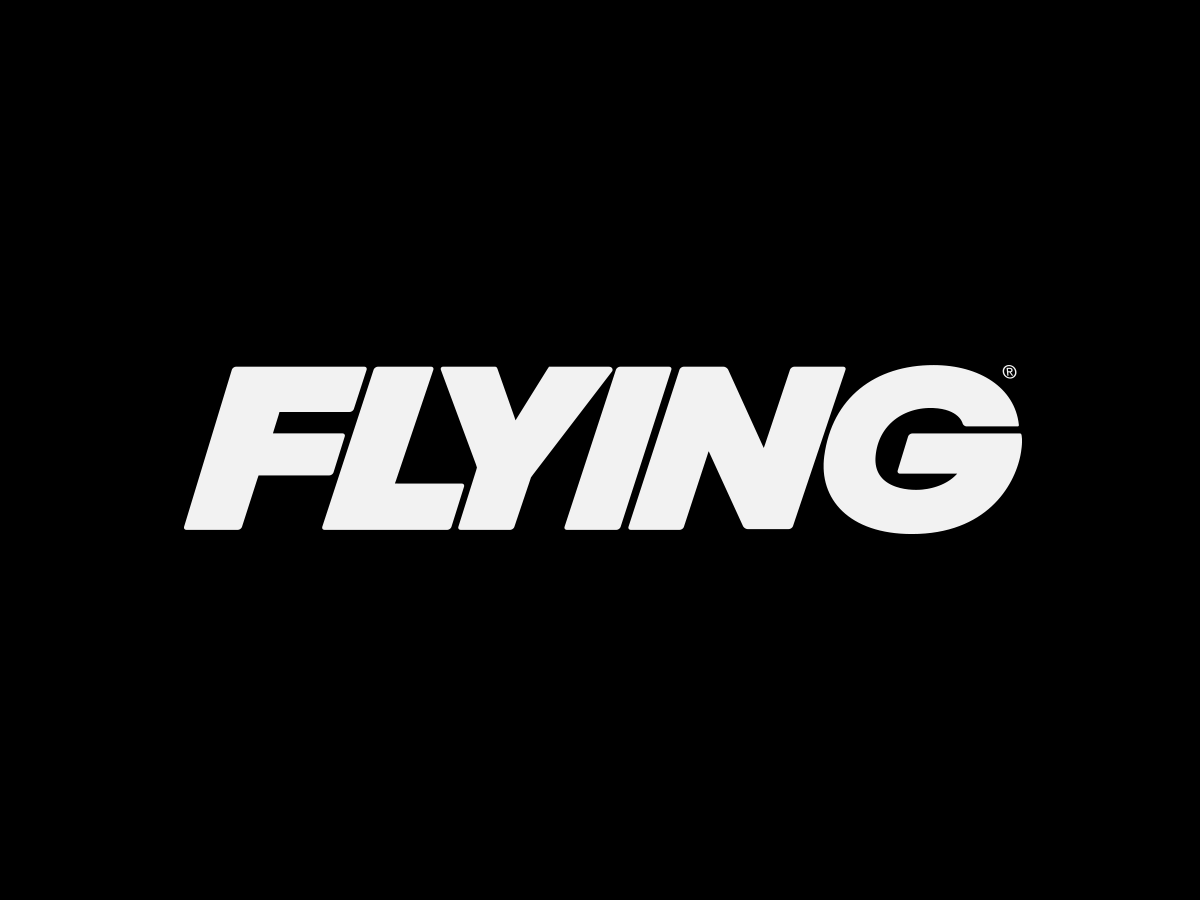
Ah, landing. It's what learning to fly is all about, isn't it? It's often what causes the most consternation as well. Secrets abound about how to grease the wheels (or floats) onto the surface. Although the flare through touchdown demands excellent hand-eye-foot coordination, the process hinges on our ability to quickly and accurately interpret what we're seeing.
It's important to distinguish between looking and seeing as well. Looking refers to the direction our eyes are pointed; seeing refers to the ability to perceive what's happening around us. Whether landing a Gulfstream or Champ, Cessna or Cirrus, Stearman or even a Pitts, it's important to look straight ahead. What you want to see, however, is a panoramic view of the landing environment as if peering through a fisheye lens: be aware of what's streaming to your eyes over the nose of the airplane as well as what's streaming in peripherally.
We need to sense and react to four key pieces of visual information for consistent landings. Two of those pieces come from our forward vision: landing attitude (nose too high, too low, or just right?), and directional control (rudder use). The other two come from our peripheral vision: height above the landing surface (pitching too rapidly = balloon/too high; pitching too slowly = sink/premature contact), and drift (aileron deflection).
Unfortunately, tension often narrows our visual field. In the worst case, our ability to see can collapse to tunnel vision. On the other hand, the more relaxed you can be during the landing phase, the more information you'll be able to perceive. So for consistent landings, relax! Sit back and sit straight up in your seat. Allow yourself to see as much of the environment around you as possible throughout the flare and touchdown.
Rich Stowell is a Master Aerobatic Instructor and author of the book, "The Light Airplane Pilot's Guide to Stall/Spin Awareness." He's logged more than 21,000 landings, some of them good! Stowell is also a member of SAFE (Society of Aviation and Flight Educators).

Subscribe to Our Newsletter
Get the latest FLYING stories delivered directly to your inbox






